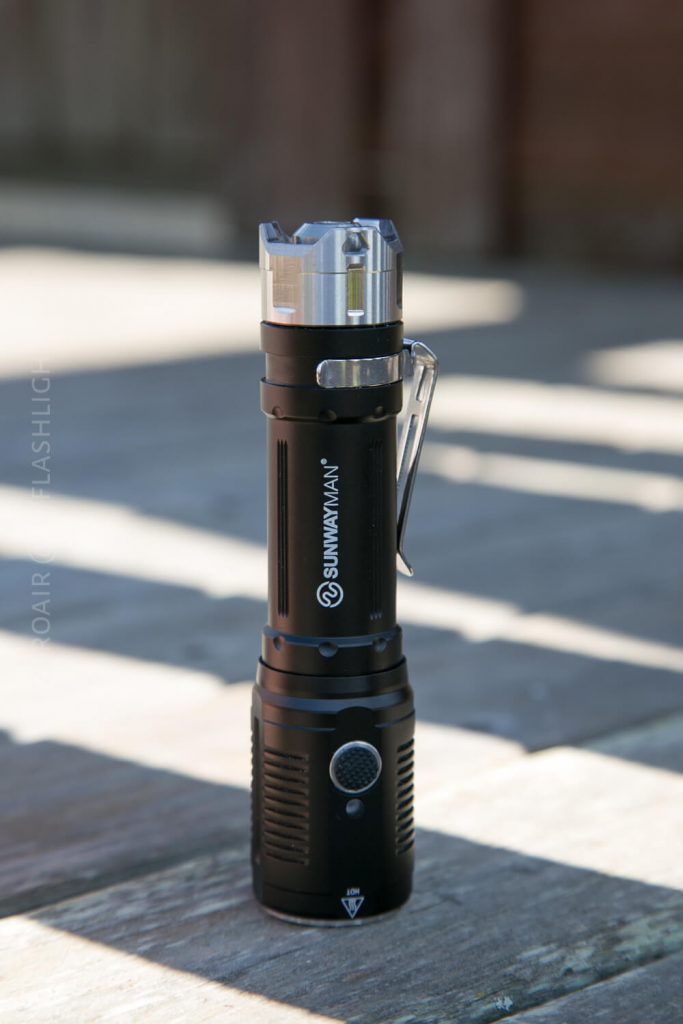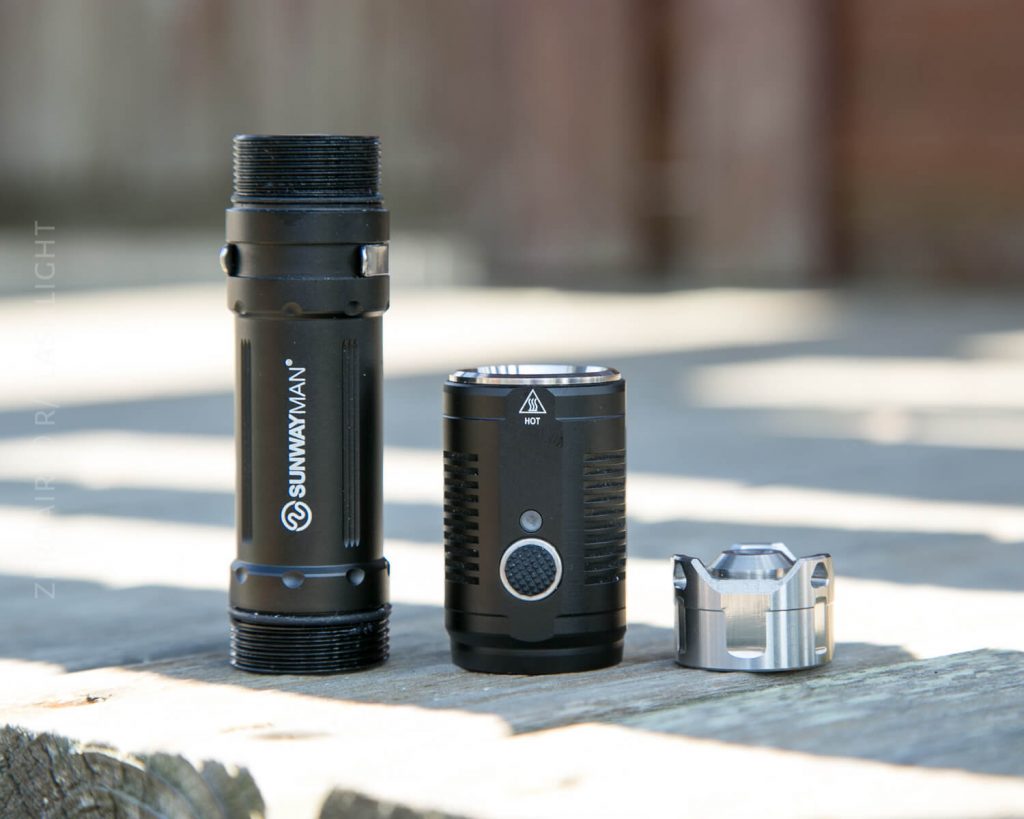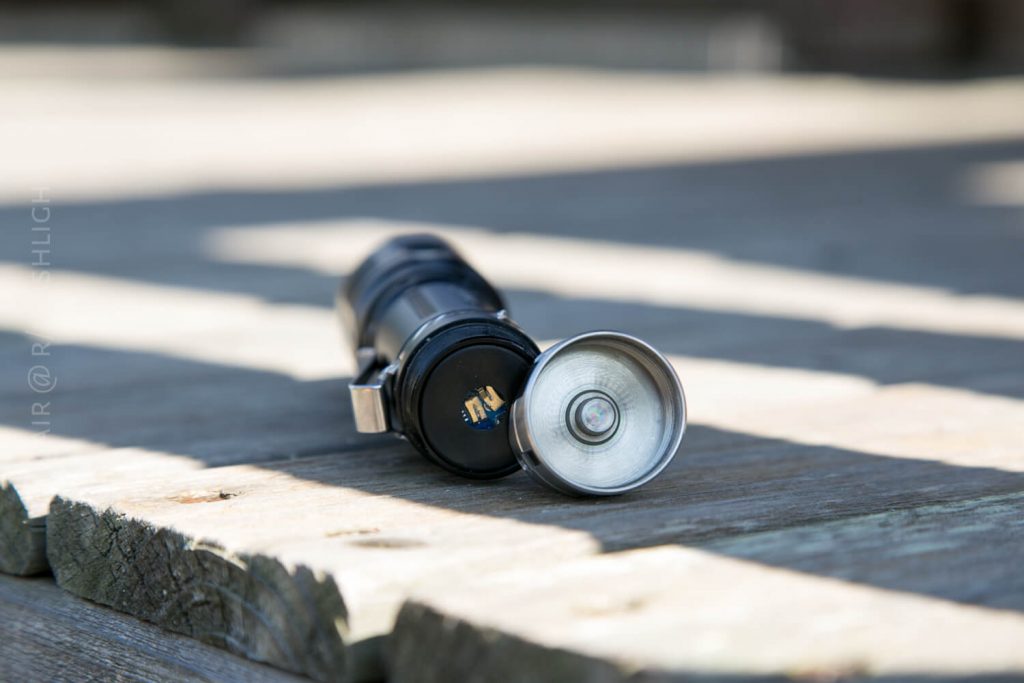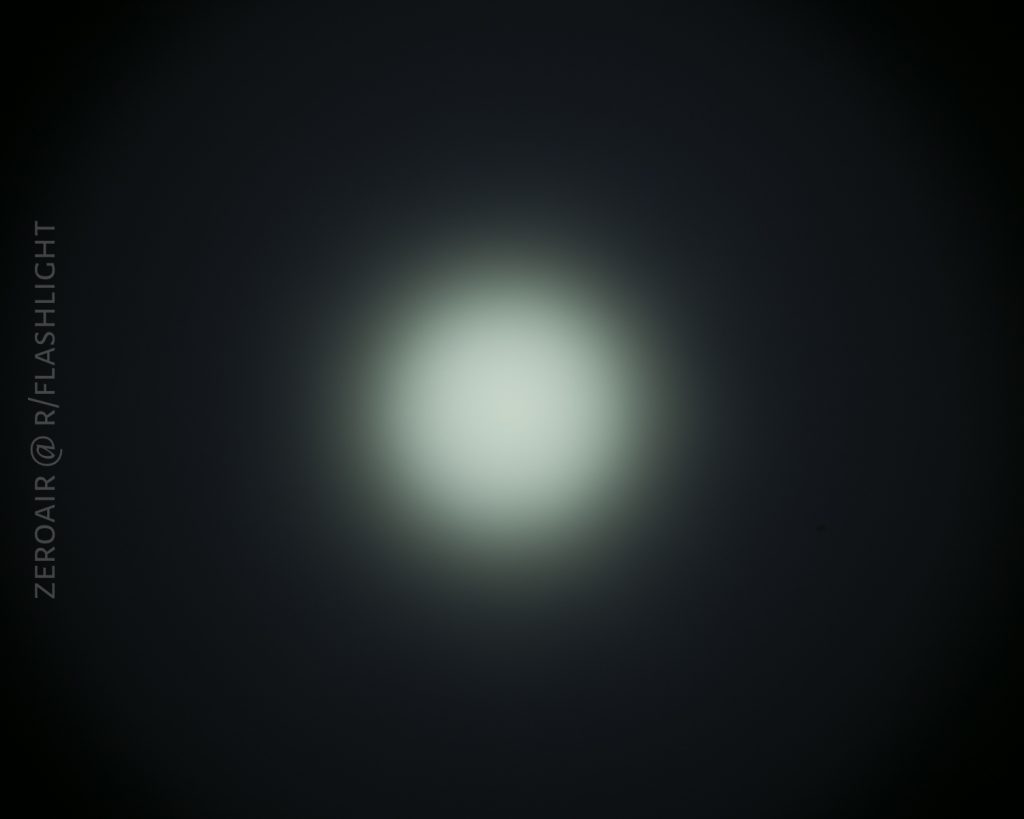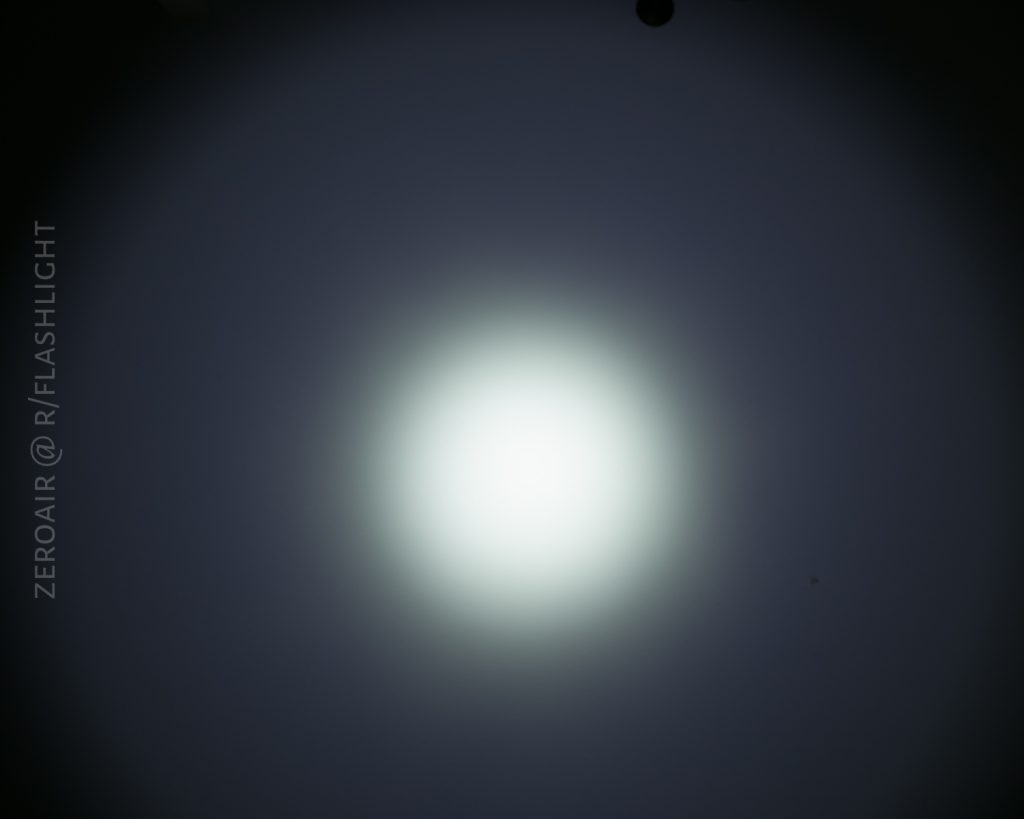Sunwayman C12CC and C22CC Flashlight Review
The Sunwayman C12CC and C22CC are neat lights that support 18650 and 18350×2 cells, and each has a side e-switch and onboard charging.
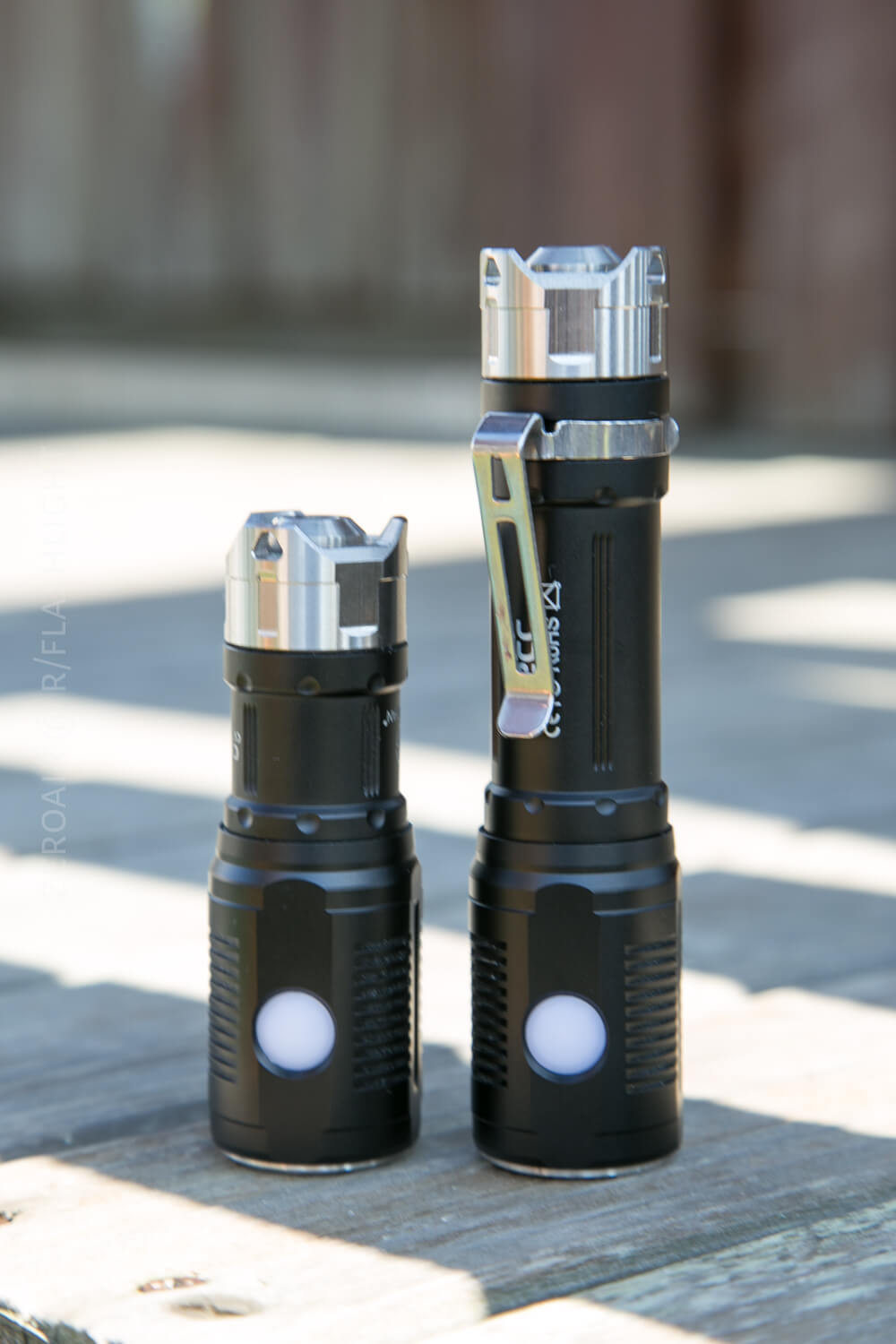
Official Specs and Features
Sunwayman’s official site has a tendency to go down, so if those links aren’t working, try back in a day or two.
Versions
Each light is available only in one configuration, as shown in this review. There are some older versions of this light, but those aren’t considered here.
MSRP
These lights are around the $60 range. The coupons on this sheet bring them down to $35.99 (c22cc) and $32.99 (c12cc).
Short Review
Aside from slight difficulty tightening the tailcap enough, these are great lights, and quite versatile. I wish the tint was a little better, ie NW on the main emitter and WW on the secondary. Or even an alternate color (red? amber?) on the secondary. Either way, this is a fun, interesting light!
Long Review
The Big Table
| Sunwayman C12CC | |
|---|---|
| Emitter: | Cree XM-L2 (U2, (XP-G2 R5 secondary)) |
| Price in USD at publication time: | $60 |
| Cell: | 1×18350 |
| Turbo Runtime | |
| LVP? | ? |
| Switch Type: | E-Switch |
| Quiescent Current (A): | ? |
| On-Board Charging? | Yes |
| Charge Port Type: | micro-USB |
| Chargetime | |
| Power off Charge Port with no Cell? | ? |
| Claimed Lumens (lm) | 820 |
| Claimed Throw (m) | 210 |
| Candela (Calculated) in cd (at 30s) | 318lux @ 4.076m = 5283cd |
| Throw (Calculated) (m) | 145.4 (69.2% of claim)^ |
| All my Sunwayman reviews! | |
| Sunwayman C22CC | |
|---|---|
| Emitter: | Cree XM-L2 (U2, (XP-G2 R5 secondary)) |
| Price in USD at publication time: | $60 |
| Cell: | 1×18650 |
| Turbo Runtime | |
| LVP? | ? |
| Switch Type: | E-Switch |
| Quiescent Current (A): | ? |
| On-Board Charging? | Yes |
| Charge Port Type: | micro-USB |
| Chargetime | |
| Power off Charge Port with no Cell? | ? |
| Claimed Lumens (lm) | 820 |
| Claimed Throw (m) | 310 |
| Candela (Calculated) in cd (at 30s) | 219lux @ 5.266m = 6073cd |
| Throw (Calculated) (m) | 155.9 (50.3% of claim)^ |
| All my Sunwayman reviews! | |
| Sunwayman C22CC | |
|---|---|
| Emitter: | Cree XM-L2 (U2, (XP-G2 R5 secondary)) |
| Price in USD at publication time: | $60 |
| Cell: | 2×18350 |
| LVP? | ? |
| Switch Type: | E-Switch |
| Quiescent Current (A): | ? |
| On-Board Charging? | No |
| Claimed Lumens (lm) | 820 |
| Claimed Throw (m) | 310 |
| Candela (Calculated) in cd (at 30s) | 380lux @ 5.06m = 9729cd |
| Throw (Calculated) (m) | 197.3 (63.6% of claim)^ |
| All my Sunwayman reviews! | |
^ Measurement disclaimer: Testing flashlights is my hobby. I use hobbyist-level equipment for testing, including some I made myself. Try not to get buried in the details of manufacturer specifications versus measurements recorded here; A certain amount of difference (say, 10 or 15%) is perfectly reasonable.
What’s Included
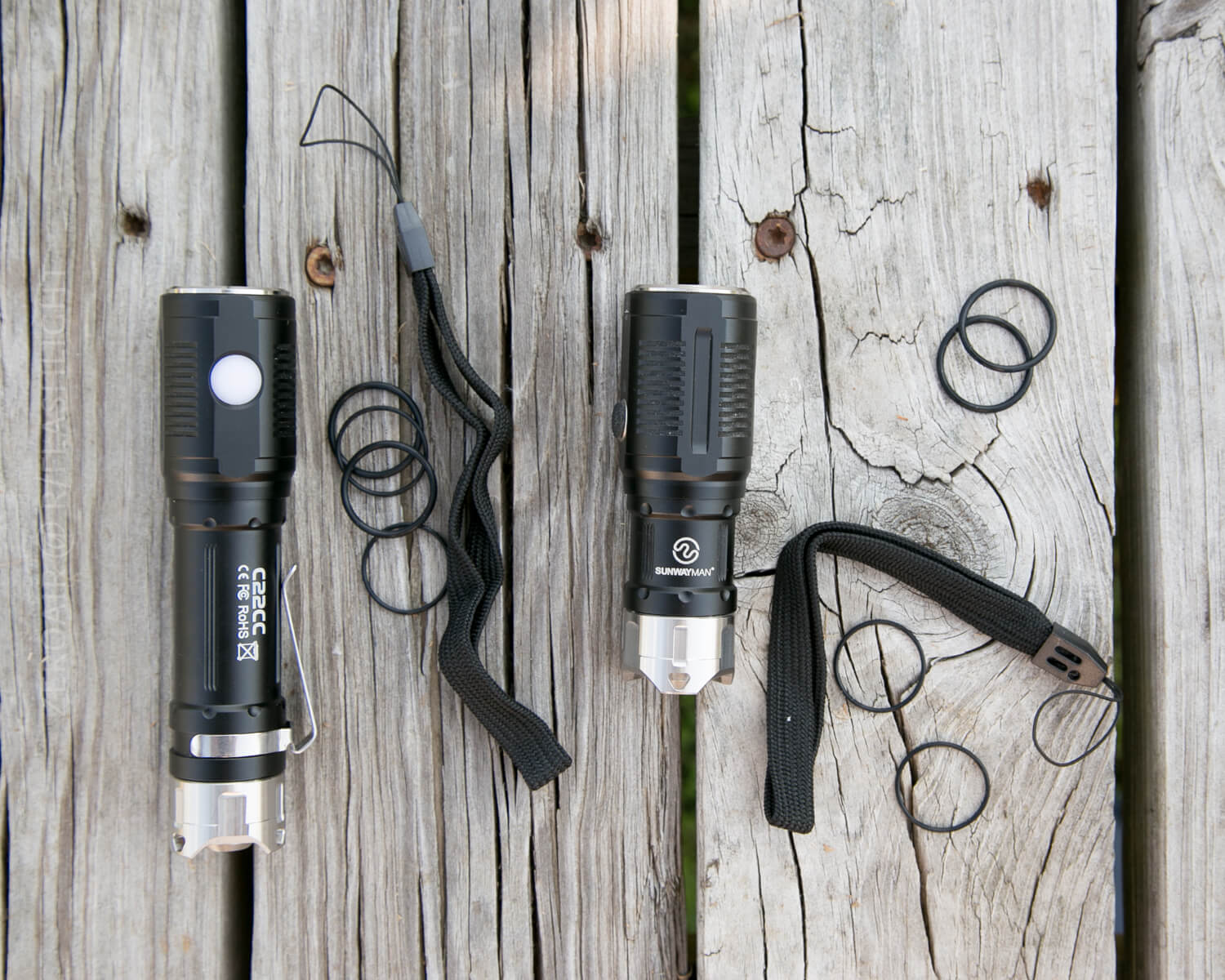
- Sunwayman C12CC or C22CC
- Lanyard
- Spare o-rings (4) (two types of two)
- Manual
Package and Manual
The box is a simple hanging-ready cardboard box. There is a fair amount of graphics on each box, with specs and text and features. The lights are held in place with a plastic tray insert. Fine boxes for shipping.
The manuals are very similar… Identical in fact, except for the graphics. It’s a nice touch that the manuals get their own specific graphics, even though they are otherwise the same. Interestingly the blowup of the lights isn’t the same (see for yourself).
The manuals are fairly thorough. It has an interesting background image which makes it look like I spilled coffee all over it (I didn’t) and makes things a bit harder to read. Unfortunately, much of it does read as if it was pasted into Google translate; the translation on many parts is only so-so. Ie, one of the features is “Inverted on the plane to be used the candle.”


Build Quality and Disassembly
Both of these lights are well built. They’re sturdy, hefty lights. Bear in mind they have a stainless steel murder strike bezel on the tail end. The head bezel is a smooth, removable stainless ring.
These two lights are really just alike except for the cell tube length. The heads are interchangeable, and the performance is essentially identical as well.

These lights are built very well. My only complaint right off the top is that the threads are triangular – they have a fairly pointed apex. Since they are also anodized, they still work very well without fear of cross-threading.
(The head and tail end of the cell tube are directional – they’ll only fit one way.)
My second issue with the build quality is more a concern with the operation – the tailcap must be screwed down very tightly for the light to work. It’s grippy enough and lubed enough, but it must be tight to make enough contact to operate. (This is quite sensible though since the o-ring for waterproofness really needs to be able to protect the charge port, and the other access inside the tailcap – better safe than shorted.)
The light comes apart in the expected way (that is, to replace or charge the cell. The head is fairly uninterested in being opened. The bezel does unscrew easily, and the lens is then loose but doesn’t really fall out easily, and I’m not one to push my luck. That said, I believe it’s just being held in by a very secure o-ring. If you’d like to do an emitter swap in this light, I see it as possible.
Size
C22CC: 118mm x 28mm (head) x 24mm (tail)
C12CC: 84mm x 28mm (head) x 24mm (tail)
The heads are exactly the same in every way. Clearly, these are the same heads with different bodies – the heads are interchangeable between the two. (I do not believe the bodies are available separately, but it wouldn’t be a bad deal to have both bodies and one head.)

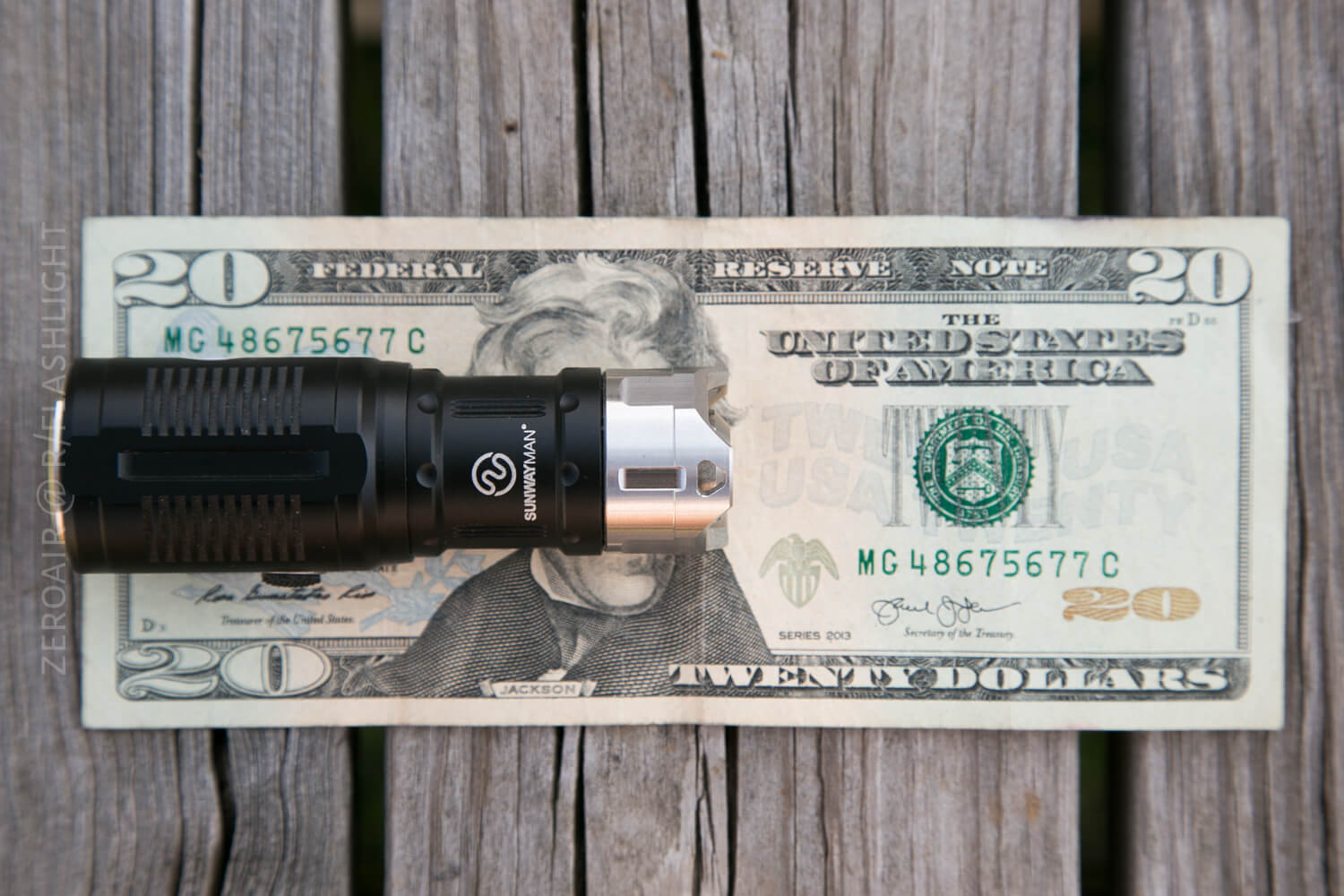
Does this head/body set up remind anyone of any other light??
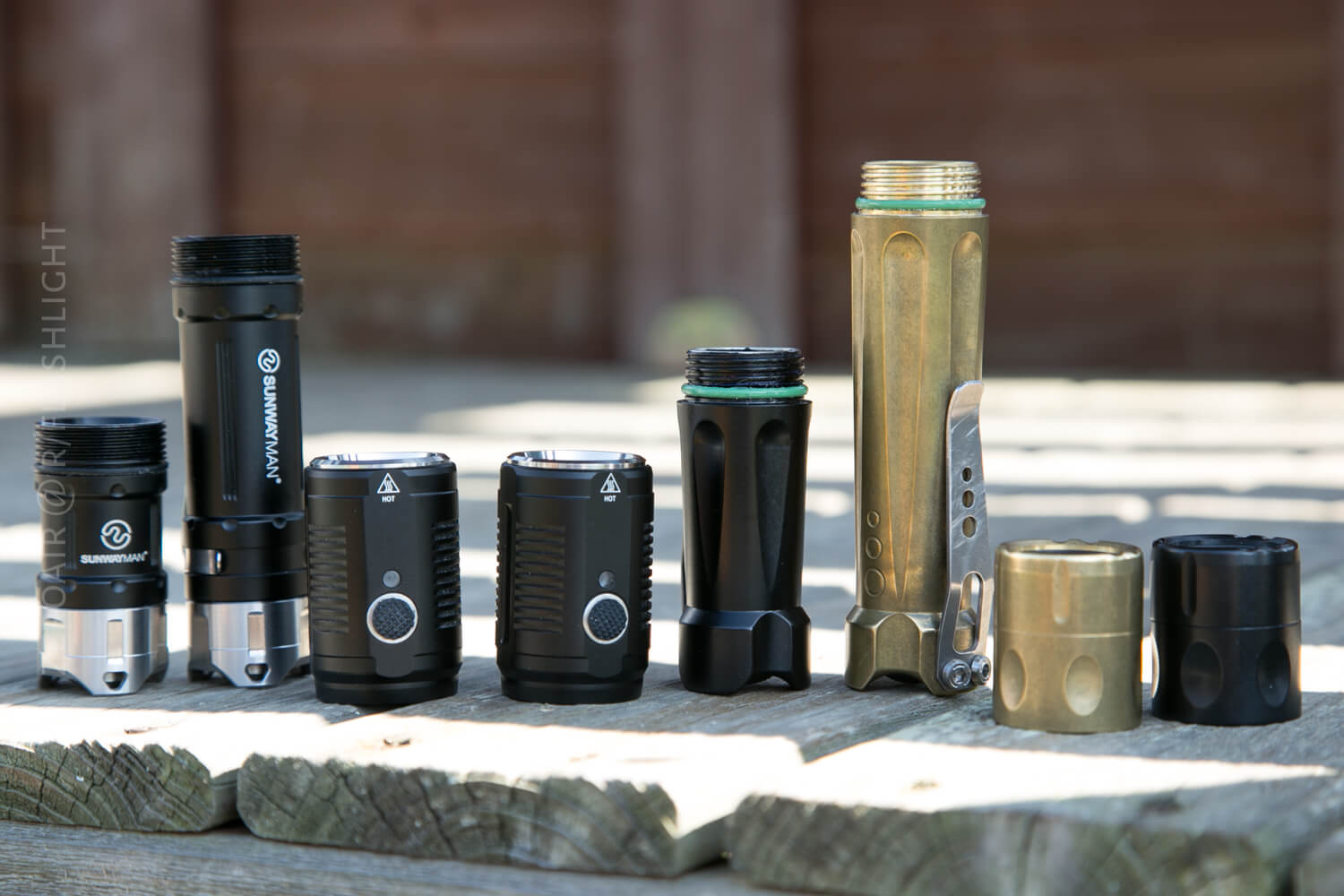
Retention
The C22CC comes with a pocket clip. The C12CC does not, nor does it have a place to install a pocket clip. I think the C12CC is intended as a pocket light. It works ok that way, but it isn’t all that small.
Neither have magnets – the strike tail bezel precludes that. But this strike tail bezel does include a tripod mount.

Power
These lights will work with protected and unprotected cells, both flat top and button tops. The C12CC seems designed for 18350 cells, but it’ll work with 16340 as well. The C22CC is designed for 18650 cells, but it’ll also work with 2×18350! (Of course, don’t use onboard charging with cells in the 2-up configuration!)
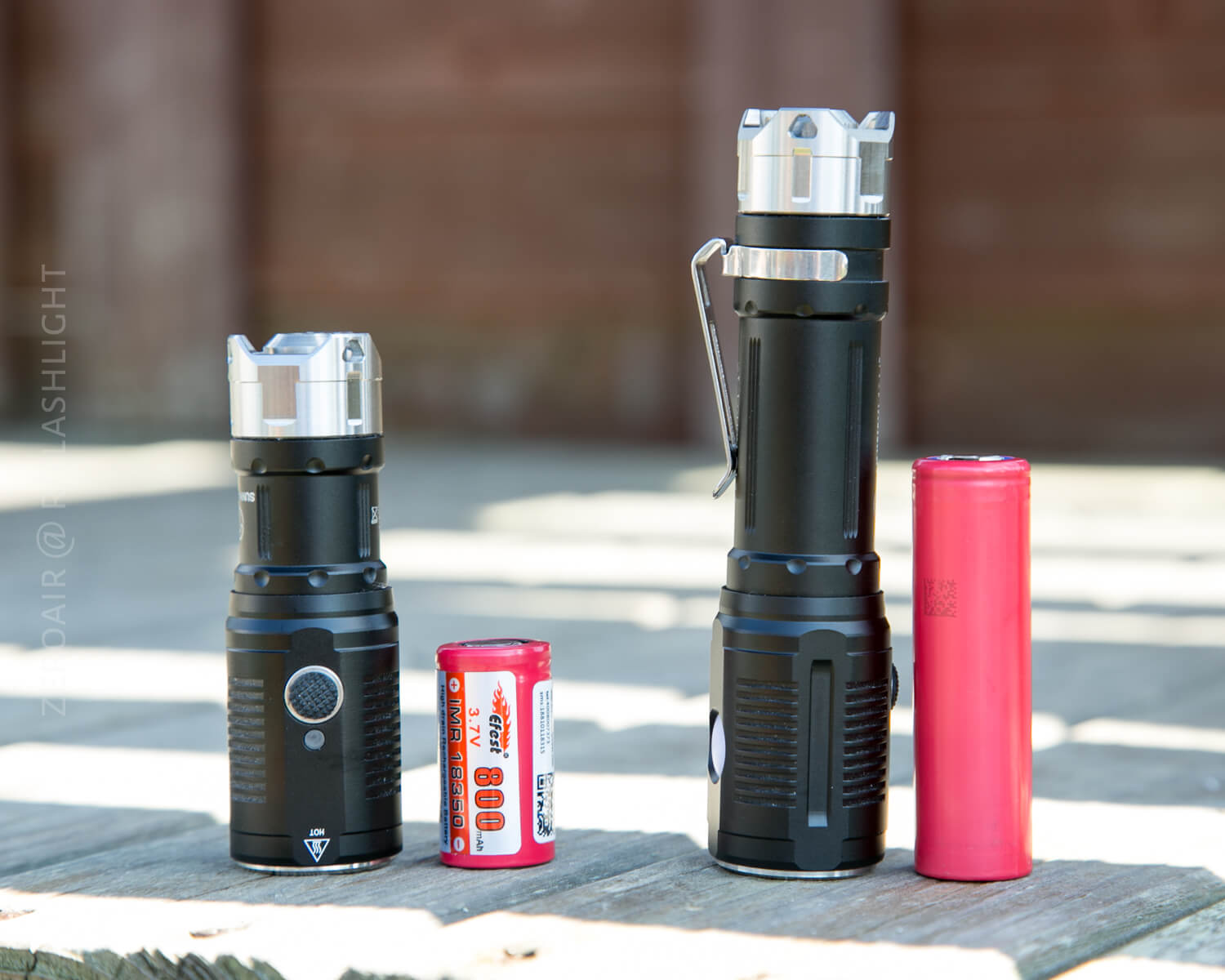
There’s a power indicator just above the switch. If you’re charging a cell in the light, the red indicator will be solid. When charging is complete, the red light will flash. There’s nothing in the manual about any other action by this indicating light. I didn’t write it down, but I’m practically certain that the red emitter also has some actions during running the light – if the cell gets low then the red indicator will blink (the manual doesn’t seem to corroborate this, so don’t take my word for it).
C12CC Runtime: Turbo (cooling started about halfway through.) Red 18350. Terminal voltage 3.08. Chargetime started at 3.08, terminate at 4.20.V

Charging
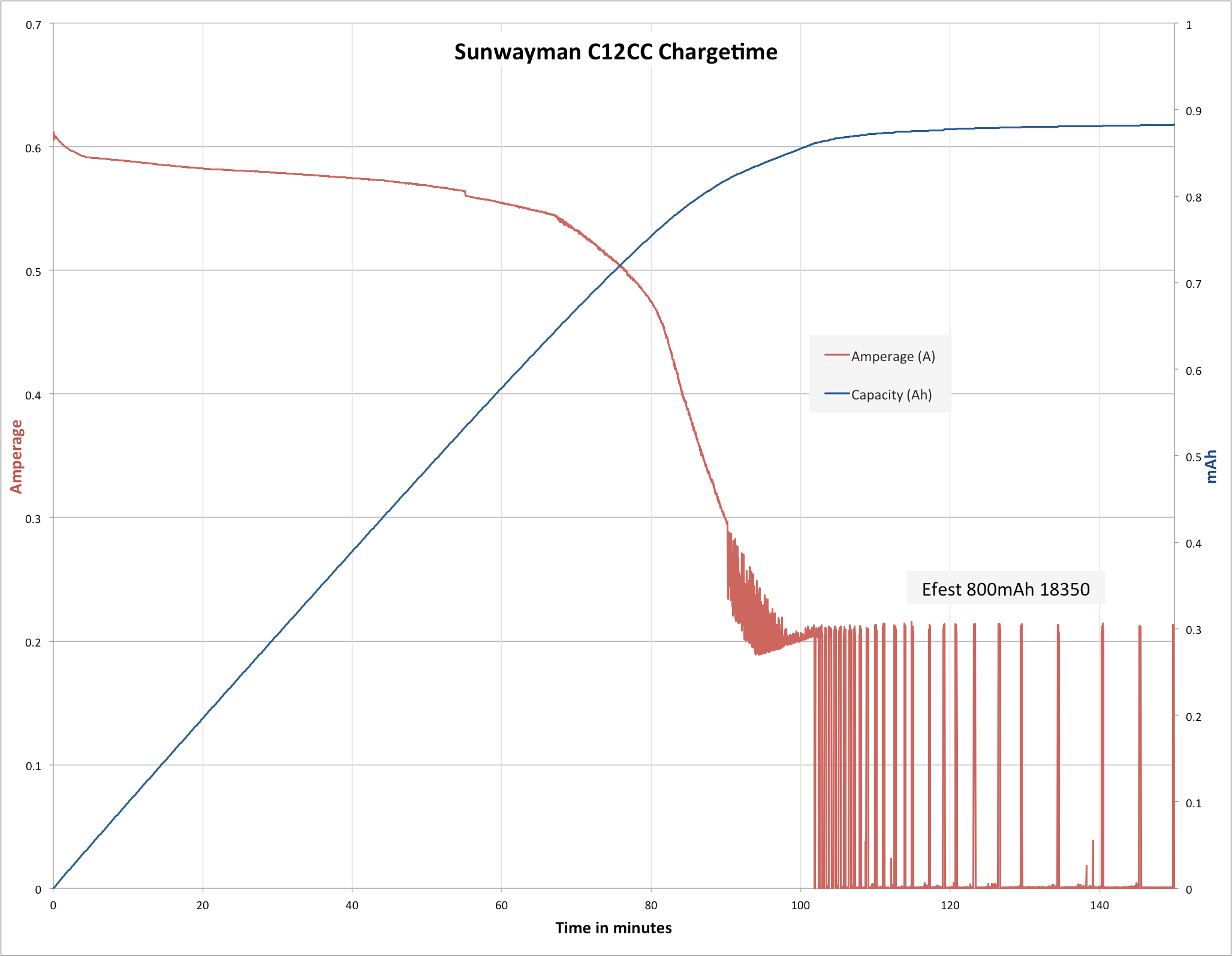
C22CC Runtime: Turbo cooled full run. KP 18650 protected. Term. voltage 3.21V. Chargetime started at 3.21V.


These graphs further indicate that the heads are exactly the same between these lights. I’m a fan of this setup. I’d love if a single head was available with two cell tubes, though.
Note that the 18350 charging – the current isn’t stepped down for the smaller cell. For an 800mAh cell, I might like a slower charge rate than the ~0.6A being used here. Not that it’d hurt the cells (it’s still under 1C for most cells, even 16340s), but I just want the electronics to be smarter.
User Interface and Operation
Since these lights have two completely separate emitters, the user interface might be complex. It’s actually not and is very user-friendly.
There is a single side e-switch on the light, for operating both emitters. The emitters can be on simultaneously.
| State | Action | Result |
|---|---|---|
| Off | Click | On (Main, Mode memory) |
| Off | Hold | On (Secondary, Mode memory) |
| On (Either) | Click | Off |
| On (Main) | Hold | Mode cycle (H>T>M>L) |
| On (Main) | Double Click | Strobe |
| Strobe | Double Click | SOS |
| On (Secondary) | Hold | Mode cycle (H>M>L)^ |
| On | Click then Hold | Both emitters on.^^ |
^ Typo in the manual here – States Turbo is available for the secondary light, but it does not seem to be.
^^ It is not possible to change the output when both emitters are on in this way.
Note that the user interface is practically the same for either emitter once the light is on. So if you remember how to turn the light on to your emitter choice, you really only have to remember one user interface from there.
Modes
| Mode | Mode Claimed Output (lm) | Claimed Runtime | Mode Measured Lux* | Calculated Output (lm) |
|---|---|---|---|---|
| C12CC Low | 35 | 10h | 734 | 31 |
| C22CC Low | 35 | 42h | 691 | 29 |
| C12CC Med | – | – | 3740 | 157 |
| C22CC Med | – | – | 3640 | 153 |
| C12CC High | – | – | 9350 | 391 |
| C22CC High | – | – | 10300 | 433 |
| C12CC Turbo | 820 | 30m | 10950 | 460 |
| C22CC Turbo | 820 | 2h | 11400 | 479 |
LED and Beam
The main emitter is a Cree XM-L2 U2, and the secondary (side) emitter is a Cree XP-G2 R5. The man emitter is quite cool, and the second is quite warm. It’s a good combo, but the main could be a little warmer for my tastes.


 An orange peel reflector is in both of these lights, but the beam is still quite a spot. Not throwy, but a distinct spot. There’s a fair bit of spill on the higher modes. The secondary emitter is behind an opaque lens of sorts and is completely diffused.
An orange peel reflector is in both of these lights, but the beam is still quite a spot. Not throwy, but a distinct spot. There’s a fair bit of spill on the higher modes. The secondary emitter is behind an opaque lens of sorts and is completely diffused.

Beamshots
These beamshots always have the following settings: f8, ISO100, 0.3s shutter, and manual 5000K exposure. These photos are taken at floor level, and the beam hits the ceiling around 9 feet away.
C12CC:
C22CC 18650:
C22CC 18350×2:
Tint vs BLF-348 (KillzoneFlashlights.com 219b version) (affiliate link)
I keep the test flashlight on the left and the BLF-348 reference flashlight on the right.
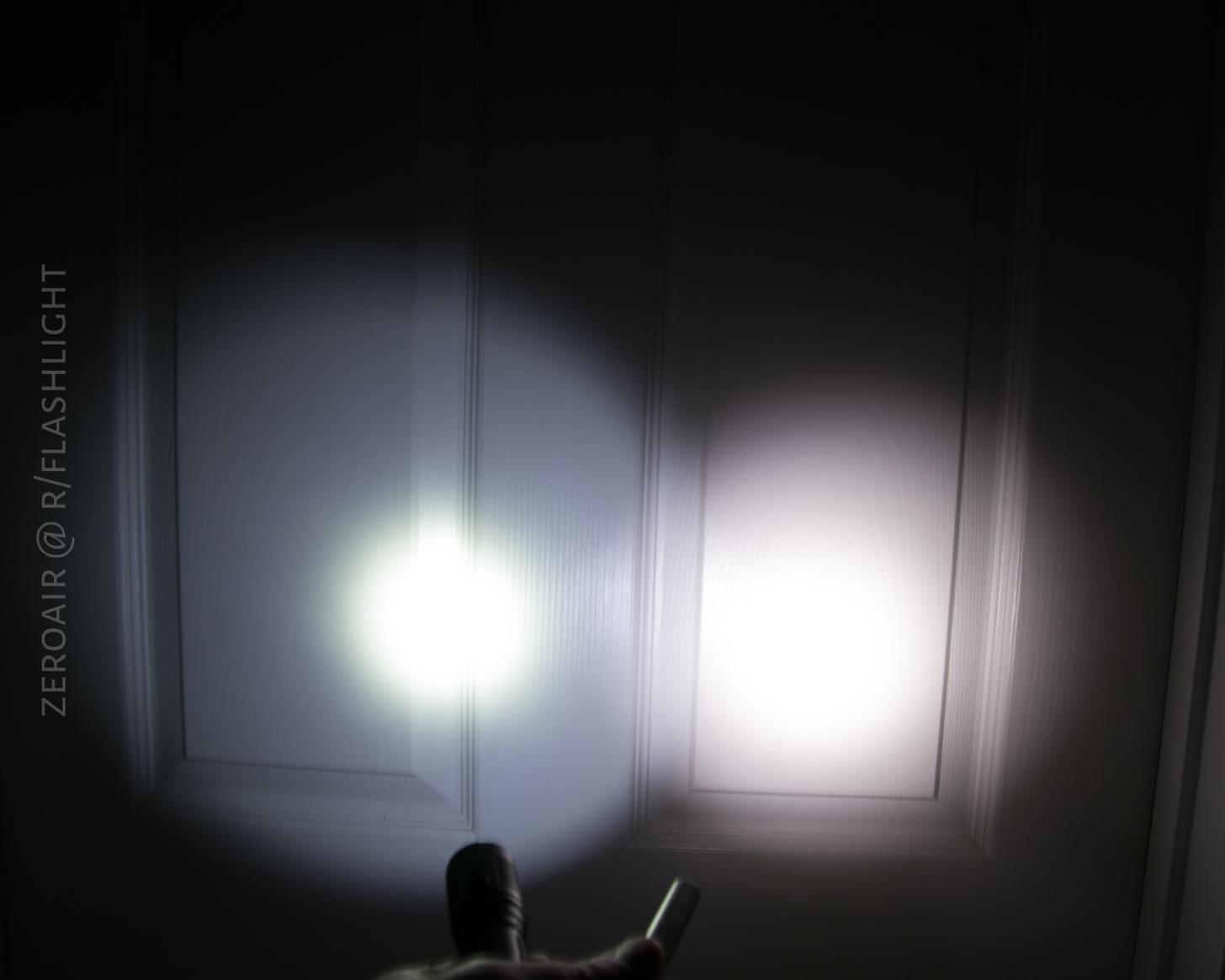
Random Comparisons and Competitive Options
Who else has light with a secondary emitter? Well the TorchLAB BOSS has, but it’s really not a comparison here (red or amber secondary, no onboard charging).
The most similar light to these is really the previous version, the C22C. There’s no compelling reason to consider that model, as this is a solid upgrade.
Conclusion
What I like
- Multi-emitter setup
- On-board charging
- Warm floody option second emitter
What I don’t like
- Main emitter temp/tint. I’d like warmer here, and warmer still on the side
- Tailcap is a little hard to screw down.
- Side switch is very proud.
Notes
- This light was provided by GearBest for review. I was not paid to write this review.
- This content originally appeared at zeroair.org. Please visit there for the best experience!
- For flashlight-related patches, stickers, and gear, head over to PhotonPhreaks.com!
- Use my amazon.com referral link if you’re willing to help support making more reviews like this one!
- Please support me on Patreon! I deeply appreciate your support!







